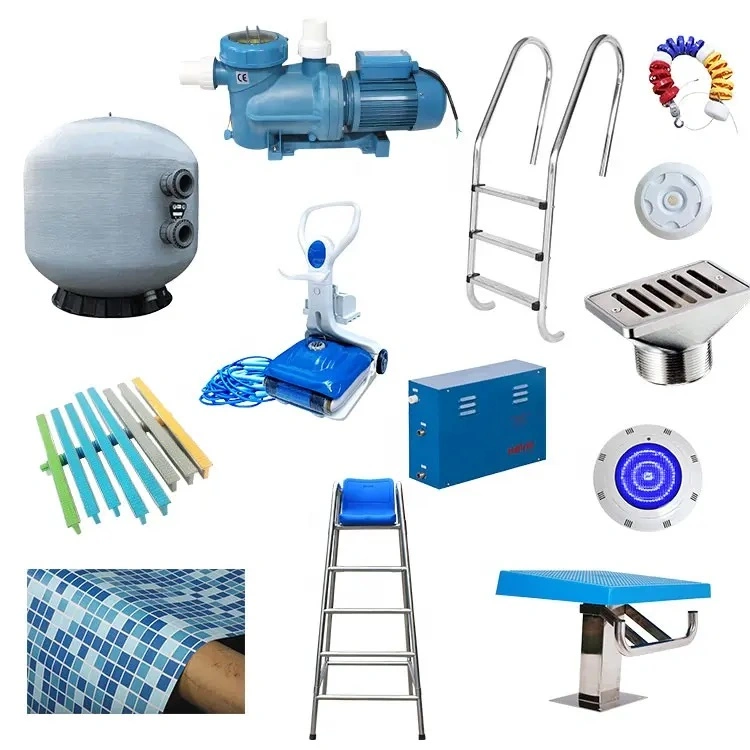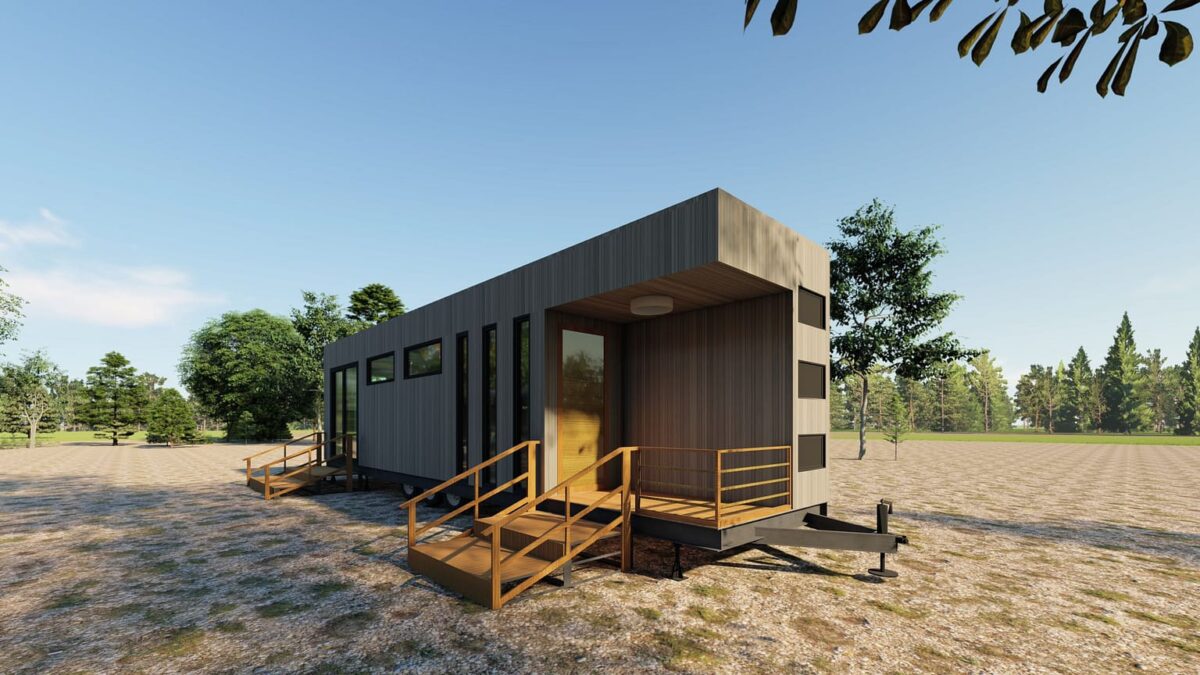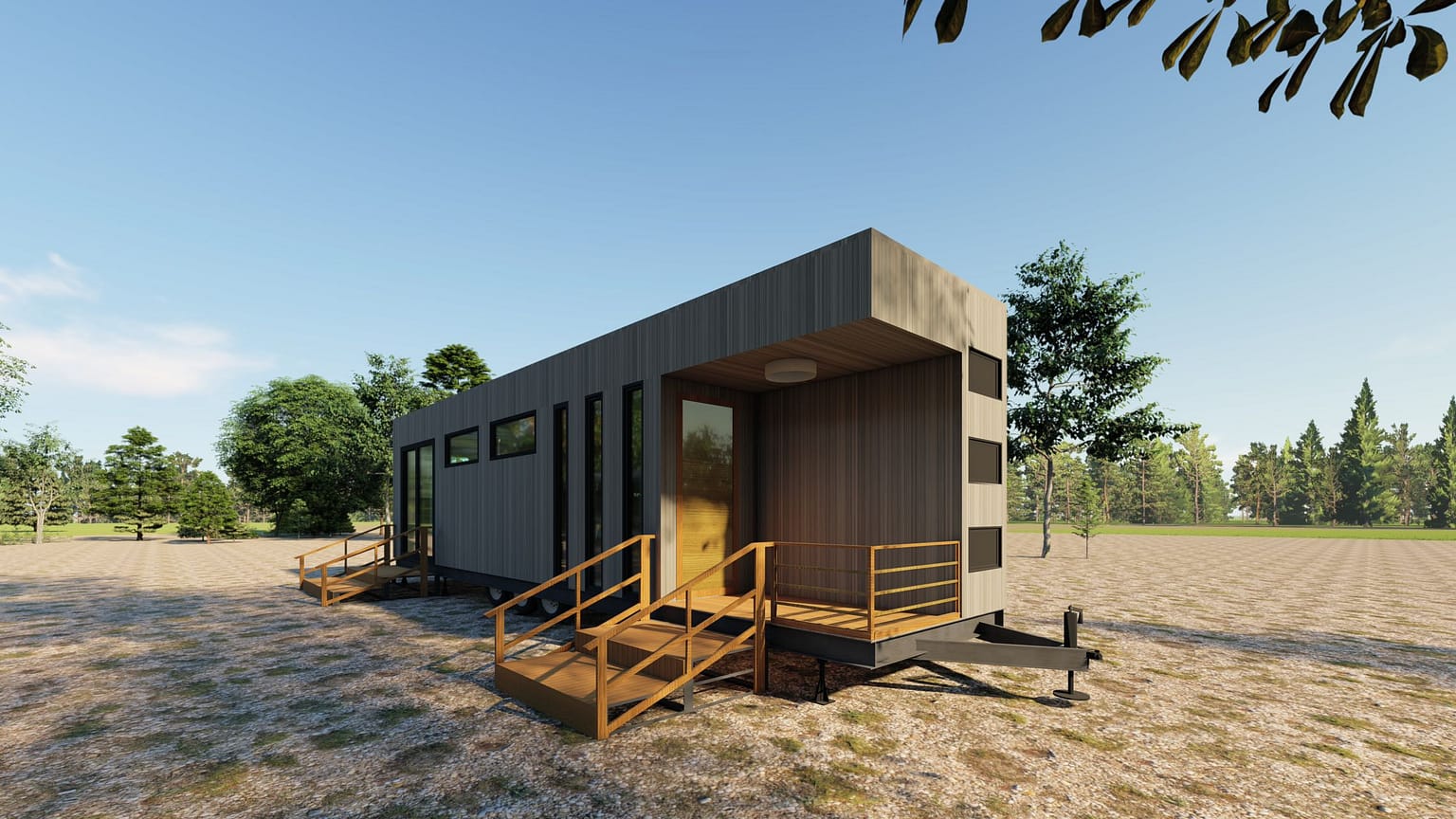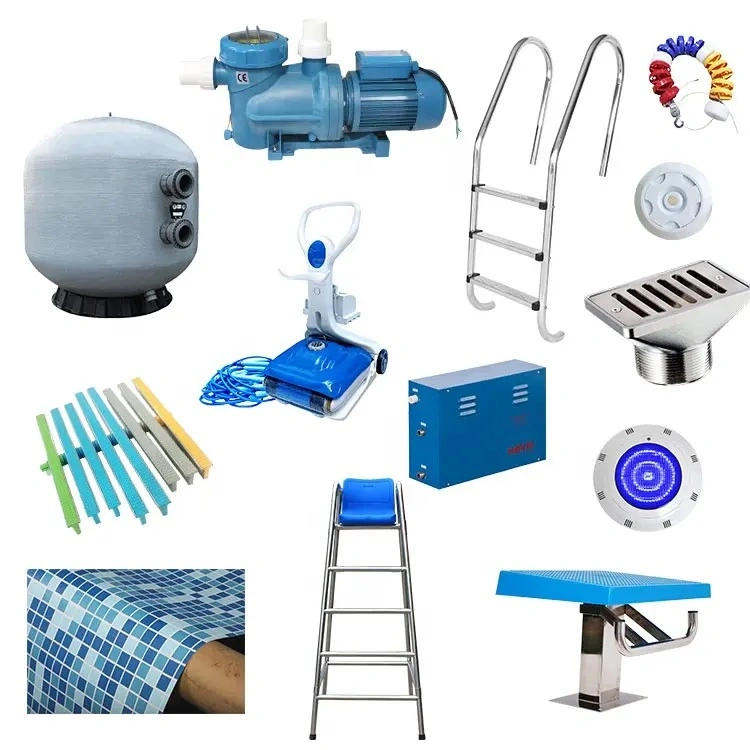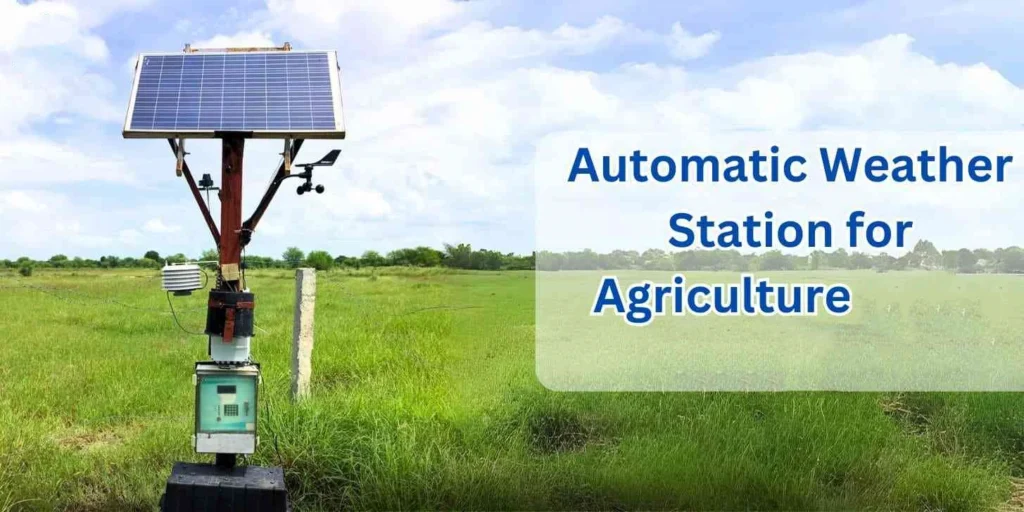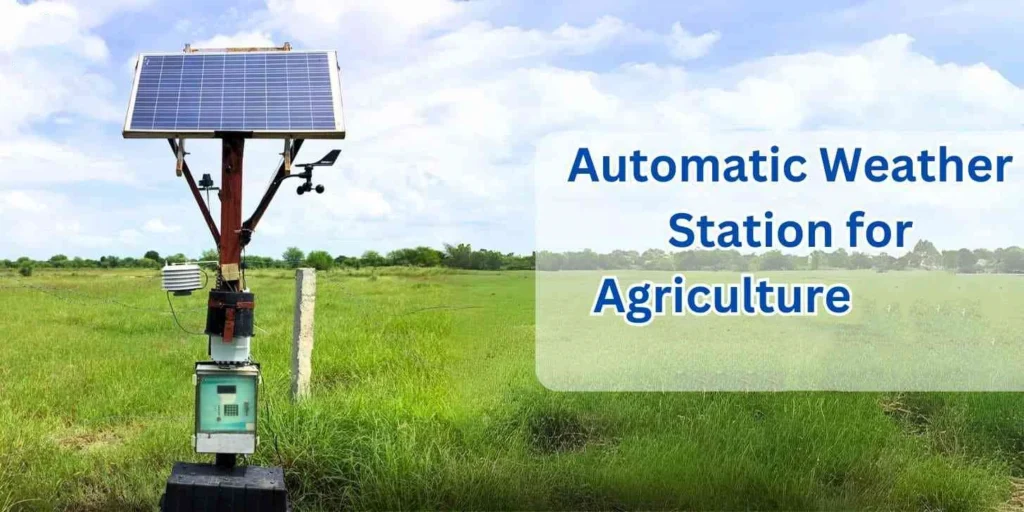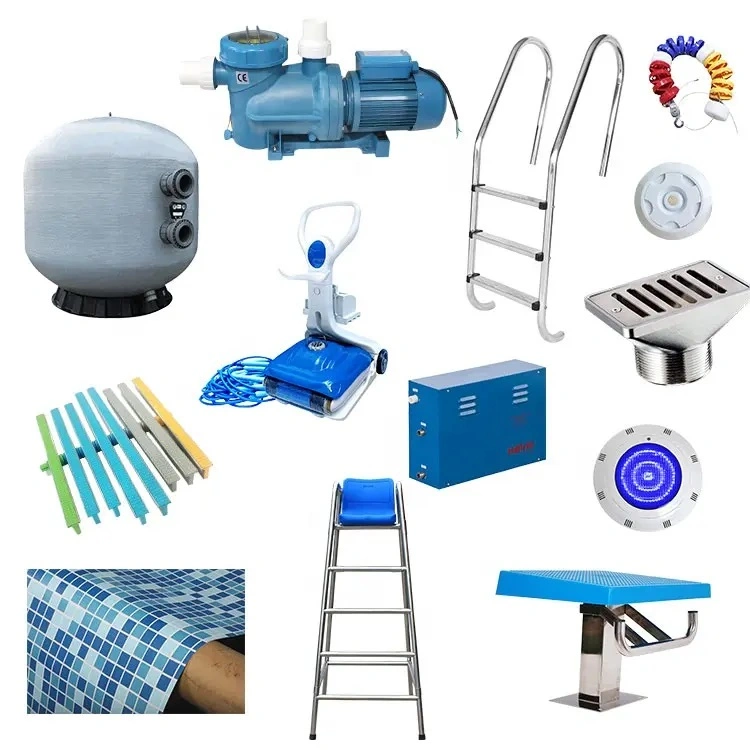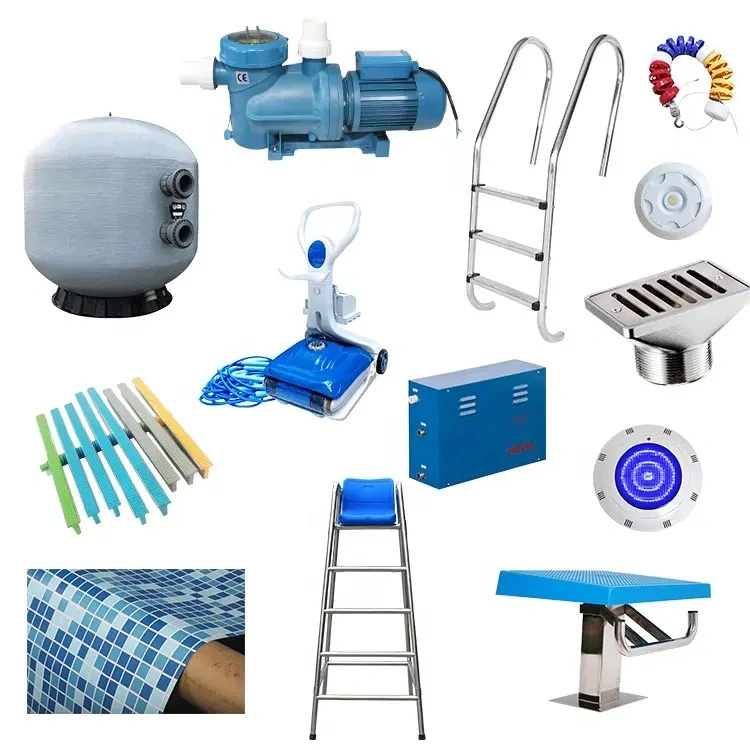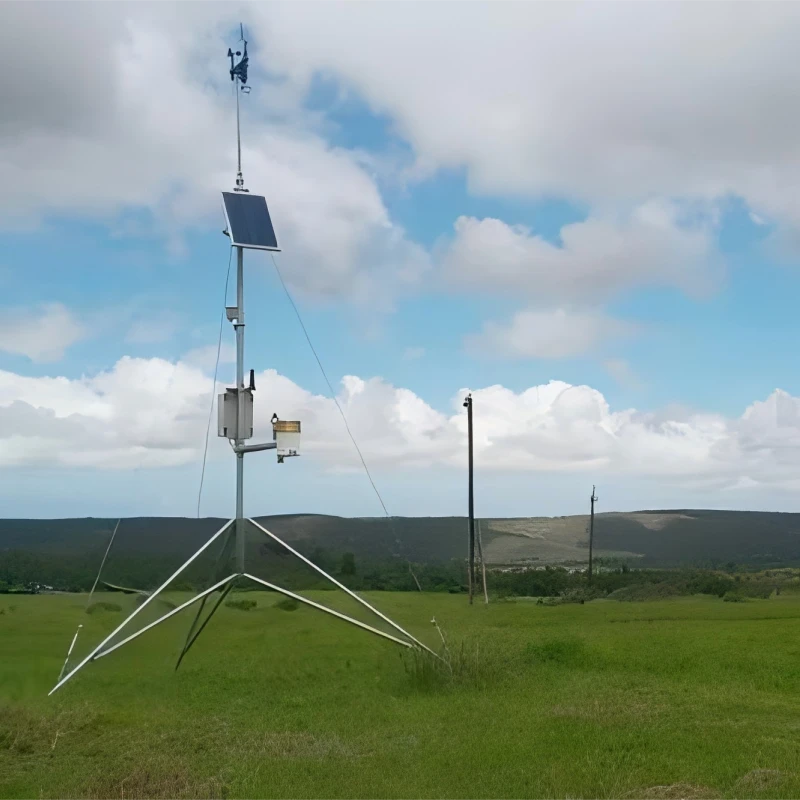
# Weather Measuring Instruments: Essential Tools for Accurate Forecasting
Weather forecasting has come a long way from relying solely on observations of the sky and wind patterns. Today, meteorologists use a variety of sophisticated weather measuring instruments to gather precise data, enabling them to predict weather conditions with remarkable accuracy. These tools are essential for understanding atmospheric changes and providing timely warnings for severe weather events.
## Thermometers: Measuring Temperature
One of the most fundamental weather measuring instruments is the thermometer. Thermometers measure air temperature, which is crucial for understanding daily weather patterns and long-term climate trends. Modern thermometers use digital sensors to provide real-time temperature readings, ensuring accuracy and reliability.
## Barometers: Tracking Atmospheric Pressure
Barometers are used to measure atmospheric pressure, a key indicator of upcoming weather changes. A sudden drop in pressure often signals an approaching storm, while rising pressure typically indicates fair weather. Aneroid barometers and digital barometers are commonly used in weather stations to monitor these fluctuations.
## Anemometers: Gauging Wind Speed and Direction
Wind plays a significant role in weather systems, and anemometers are the go-to instruments for measuring wind speed and direction. Cup anemometers and vane anemometers are widely used, with advanced models incorporating ultrasonic sensors for even greater precision. This data helps meteorologists predict wind patterns and their impact on weather conditions.
## Hygrometers: Measuring Humidity
Humidity levels influence everything from precipitation to human comfort. Hygrometers measure the amount of moisture in the air, providing insights into the likelihood of rain, fog, or dew. Psychrometers and capacitive hygrometers are popular types, each offering unique advantages for accurate humidity measurement.
## Rain Gauges: Quantifying Precipitation
Rain gauges are essential for measuring the amount of precipitation over a specific period. These instruments come in various designs, including tipping bucket and weighing rain gauges, each tailored to different environments and accuracy requirements. Precipitation data is vital for flood forecasting and water resource management.
## Weather Satellites: A Bird’s-Eye View
While ground-based instruments provide localized data, weather satellites offer a global perspective. These satellites capture images and data on cloud cover, storm systems, and temperature gradients across the Earth’s surface. This information is invaluable for tracking large-scale weather patterns and predicting severe events like hurricanes.
## The Role of Weather Stations
Modern weather stations integrate multiple instruments, such as thermometers, barometers, anemometers, and hygrometers, into a single system. These stations collect and transmit data in real time, enabling meteorologists to analyze and interpret weather conditions more effectively. Automated weather stations have revolutionized forecasting by providing continuous, high-quality data.
## Conclusion
Weather measuring instruments are the backbone of accurate weather forecasting. From thermometers and barometers to satellites and weather stations, these tools provide the data needed to understand and predict atmospheric changes. As technology advances, these instruments will continue to improve, enhancing our ability to prepare for and respond to weather-related challenges.
Keyword: weather measuring instruments

